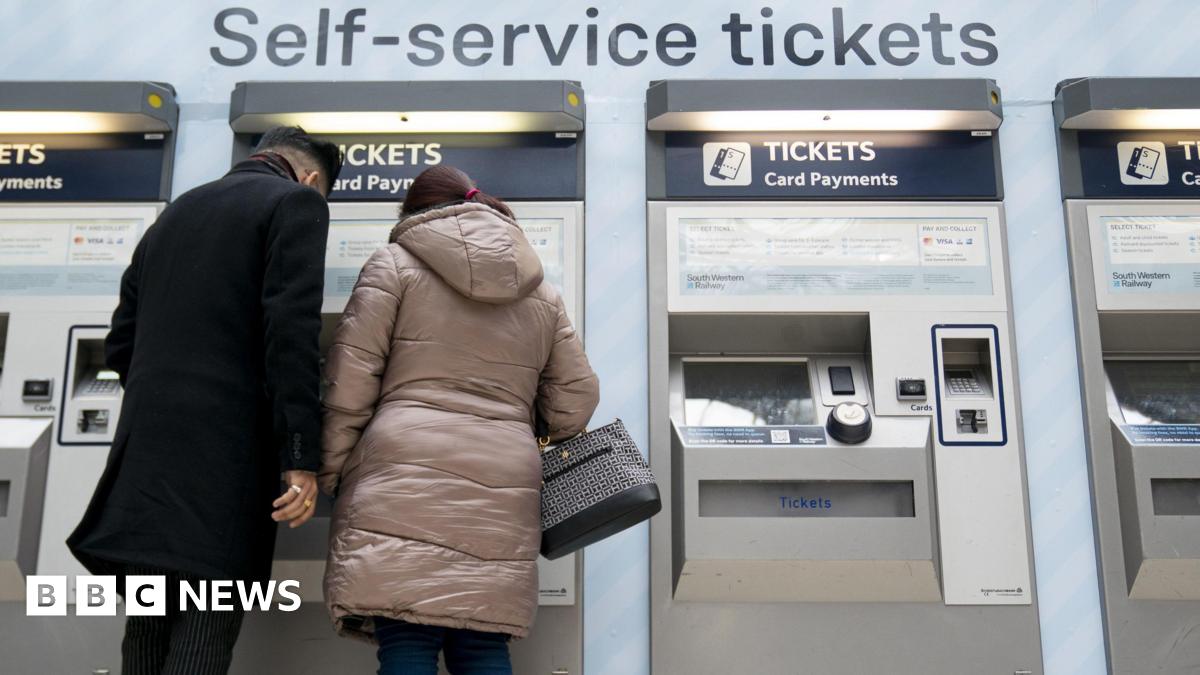In the ever-evolving landscape of employment and workforce requirements, one thing is clear: Offering the right voluntary benefits can be a game-changer for employers in attracting and retaining top talent. Recent studies have shown that nearly half of employed workers are more likely to stay with their employer if they have access to voluntary benefits. This signals a significant shift in employee expectations, where salary and traditional benefits are no longer the sole priorities.
Today’s employees are seeking additional coverage beyond the basics of health insurance. Critical illness coverage, disability income and accident insurance are among the voluntary benefits that employees are increasingly prioritizing because such benefits often offer better value than if employees were to buy this coverage privately. These benefits provide a sense of financial security and peace of mind, contributing to higher levels of job satisfaction and loyalty in today’s fiercely competitive job market.
The value of voluntary benefits
But how do employers navigate this changing landscape to ensure they’re offering the right benefits for their workforce? The key lies in understanding employee needs and preferences. By offering a mix of traditional health insurance plans and voluntary benefits, employers can cater to the diverse needs of their workforce while simultaneously enhancing recruitment and retention efforts.
For instance, as the economy has become more unpredictable, financial stability is at the forefront of many employees’ minds: 73% of financially stressed employees say they are more likely to be attracted to a company that cares more about their financial wellbeing, while more than half say they’re apt to stay with an employer that provides ways to improve their financial wellness.
Similarly, one of the driving factors behind the increasing demand for voluntary benefits is the rising out-of-pocket costs and deductibles associated with healthcare services. While PPO plans remain popular, employees are feeling the financial strain of accessing healthcare. Supplementary coverage options can help mitigate these financial risks and protect employees from unexpected medical expenses, ultimately empowering them to make care-based decisions without fear of overwhelming financial stress. This dilemma is the new reality for many employees who are living each day choosing between health and finances.
Leveraging communication, education
It’s not enough to simply offer these benefits; employers must also provide robust educational resources to help employees understand their coverage options. This not only promotes overall wellbeing and satisfaction within the organization but also empowers employees to make informed decisions about their healthcare. So, why is this important? Because employees are asking.
Despite the clear upside of offering voluntary benefits, many employers overlook the importance of effective communication and education regarding these offerings. Considering that benefits represent the second-largest expense for employers after wages, why is there relatively little emphasis on communicating benefit offerings?
According to the 2023 Met Life Employee Benefits Trends Study, while 86% of employers recognize the significance of such communication, only 65% of employees feel their employer is effectively demonstrating care in this regard. This perception gap underscores the need for employers to prioritize communication and education around benefits to bridge the divide and foster loyalty among their workforces.
Measuring the ROI of voluntary benefits
We all know implementing new benefits or communication strategies may seem daunting, but the return on investment can be significant. By measuring metrics such as turnover rate, employee satisfaction surveys, productivity, absenteeism and employee referrals, employers can gauge the effectiveness of their efforts in fostering loyalty among employees. This allows employers to see the value in their benefits program and is worth all the effort.
Offering the right voluntary benefits isn’t just about staying competitive in today’s job market; it’s about creating a supportive, stable and loyal workplace culture that attracts and retains top talent. By understanding employee needs, communicating effectively and investing in their wellbeing, employers can unlock the full potential of voluntary benefits to drive success for both their employees and their organization.
The post Why voluntary benefits are a ‘game-changer’ for retention appeared first on HR Executive.
Credit: Source link











